At Inner Outer Health, many of our clients come in for massage and myotherapy seeking treatment for upper back and neck pain. The pain can result in headaches and migraines, and even referral pain or numbness down the arms.
A good percentage of these clients are working in environments that require them to have their arms forward and/or down - sitting at a computer, for example. This can cause the back to slump and the shoulders to round forward, resulting in tight/shortened pectoral muscles, particularly the pectoralis minor.
This underappreciated muscle is the cause of so much of that pack and neck pain - but luckily, it's easy to stretch, and doing so regularly can help relieve stiffness and soreness everywhere!
Dr Jacob Harden from the USA has posted a fantastic pec stretch on Instagram that is guaranteed to help open up the chest area and alleviate sore shoulders, upper back and neck.
The key to success with this stretch is to make sure you do it every day. We spend hours in the same position at work every day, so we need to reverse it with multiple stretch sessions throughout the day. Watch the video below!
Here’s how to do it:
- Find a broomstick or long pipe.
- Lay down on your back on an elevated surface such as a bed, table, massage table or weight lifting bench.
- Keep the spine in neutral alignment by ensuring that the ribs don’t rise up and the back doesn’t arch too much.
- First take a wide grip on the stick with boths hands, with the palms facing up.
- Whilst keeping your arms straight, slowly move the stick down towards the floor (above your head)
- If this doesn’t give a strong enough stretch bring the hands in closer to each other slightly and try again. Repeat this until you feel a good stretch.
- Once you have found the right position repeat the movement going up and down with your arms making sure you keep your neutral spine position.
- Approximately 10 - 15 repetitions is recommended.
Watch the video and read the comments on the side of the video for more information.
For more information about pec stiffness and soreness, or if your pain is persistent, book in for a session with our amazing myotherapists today!




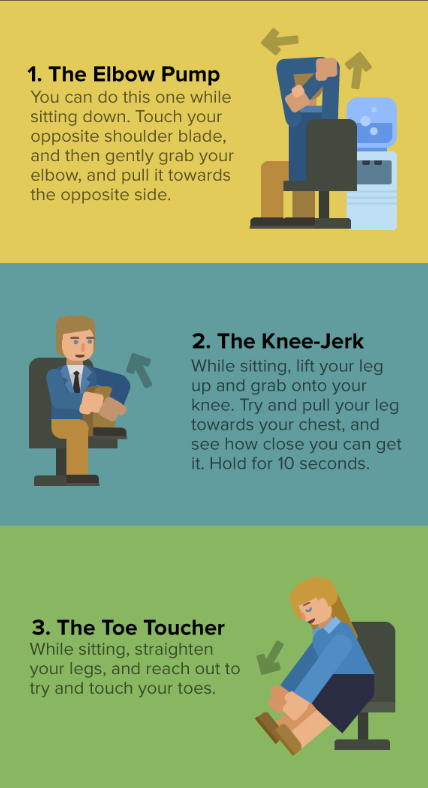
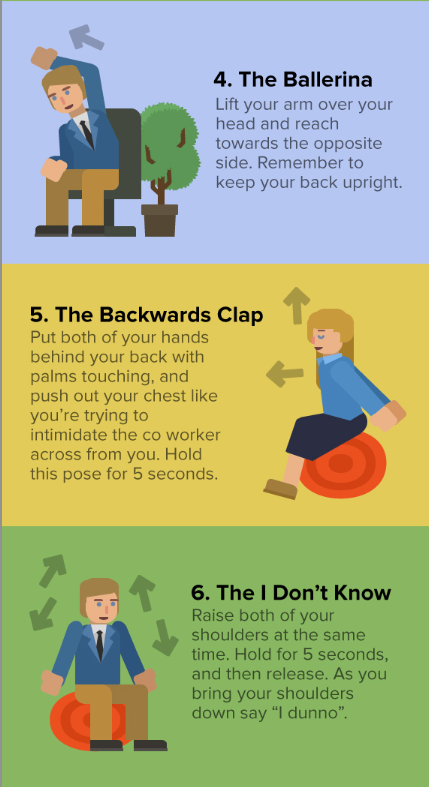

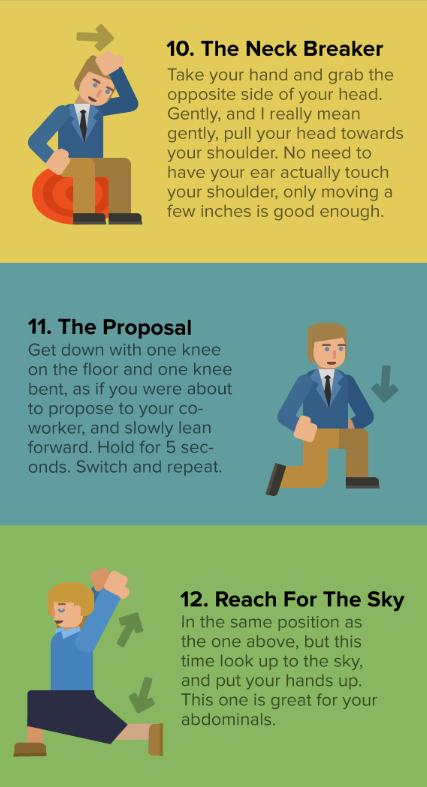
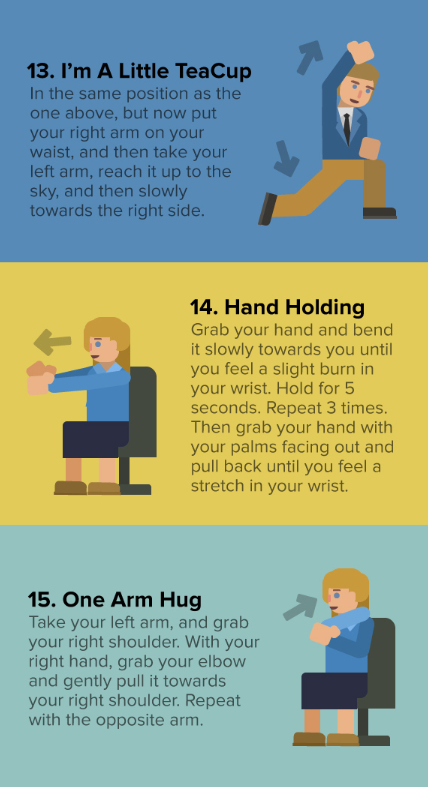

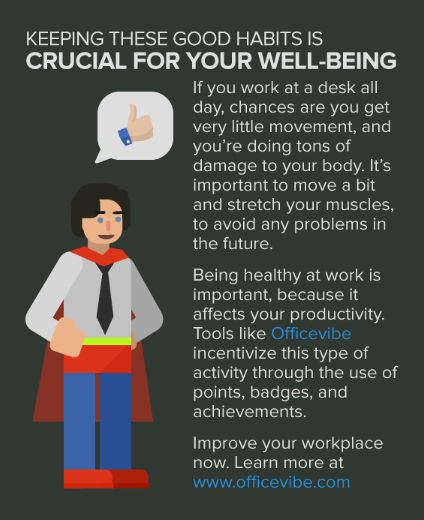
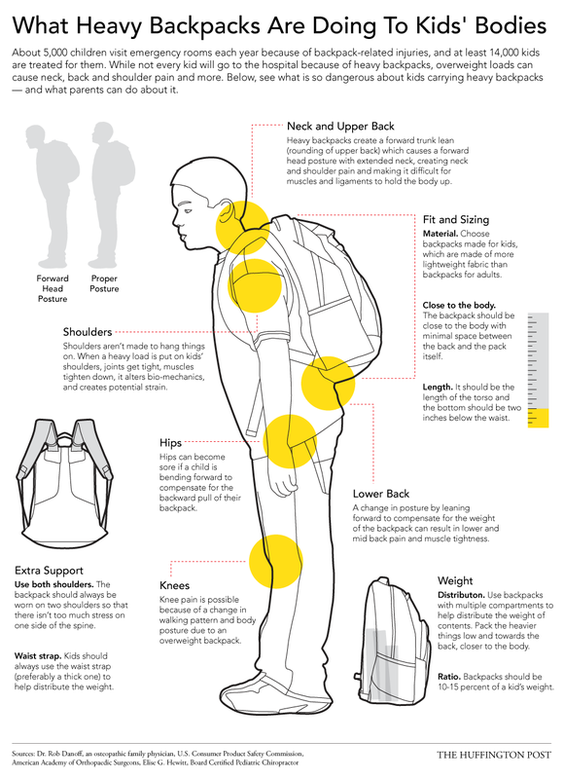
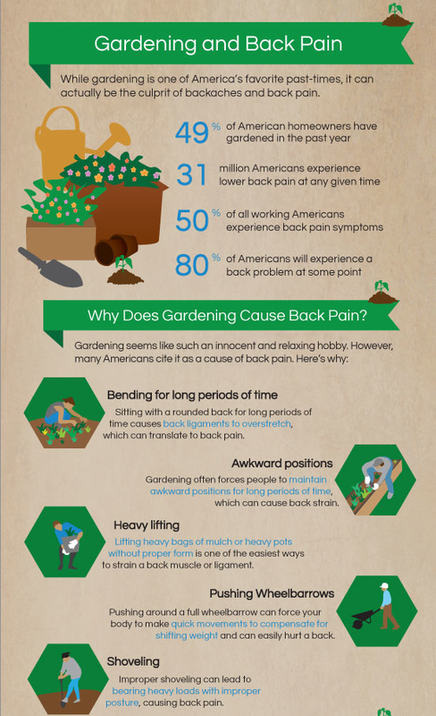

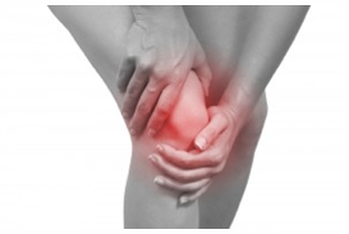
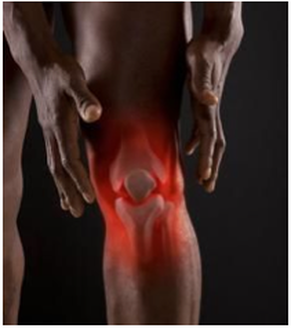
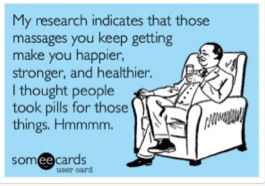
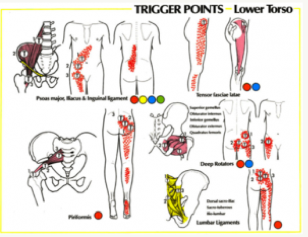
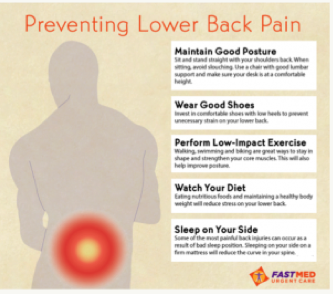

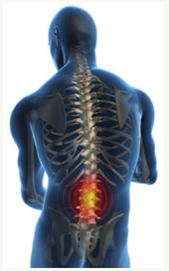

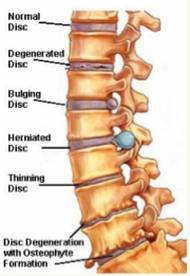
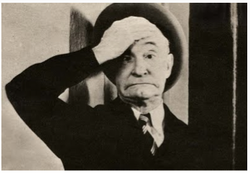
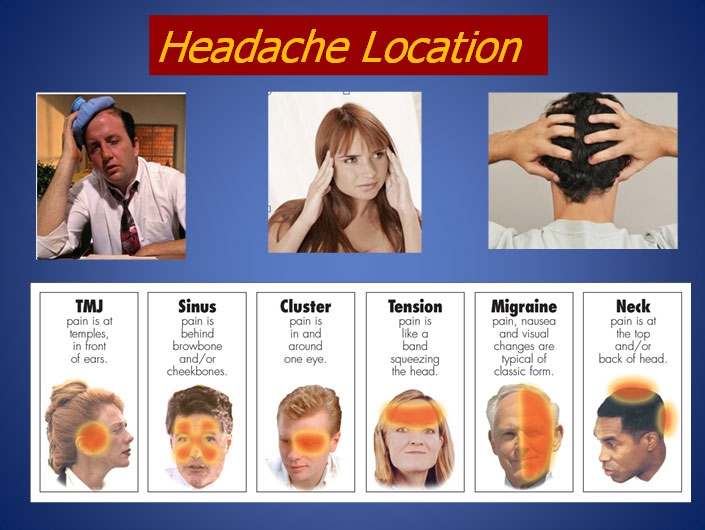
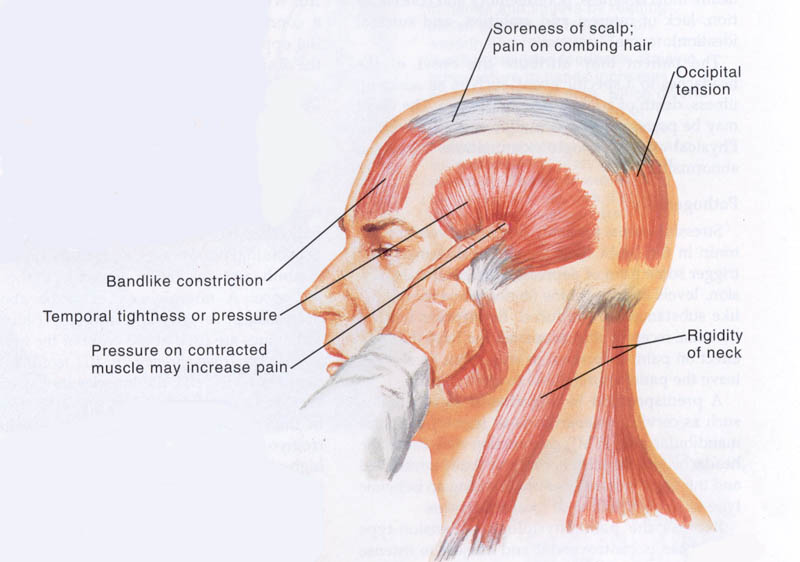
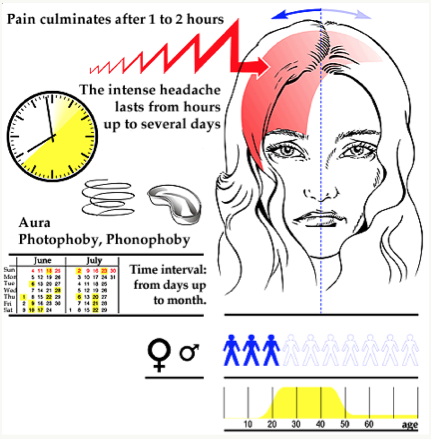
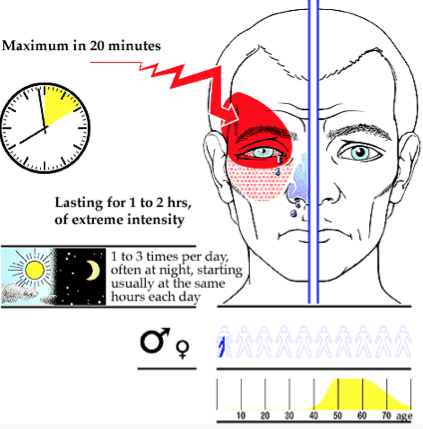
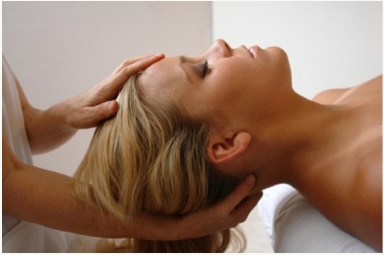

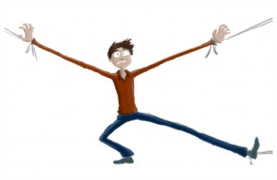
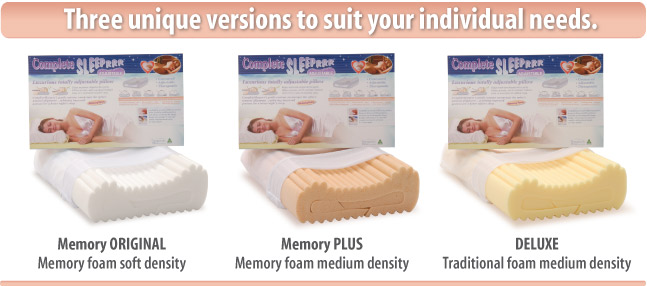
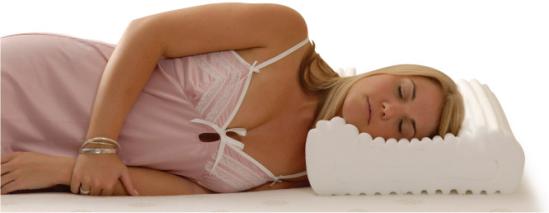



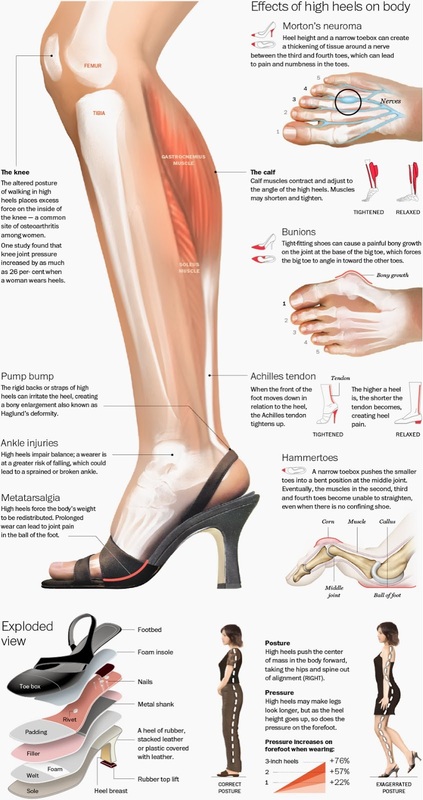

 RSS Feed
RSS Feed

















